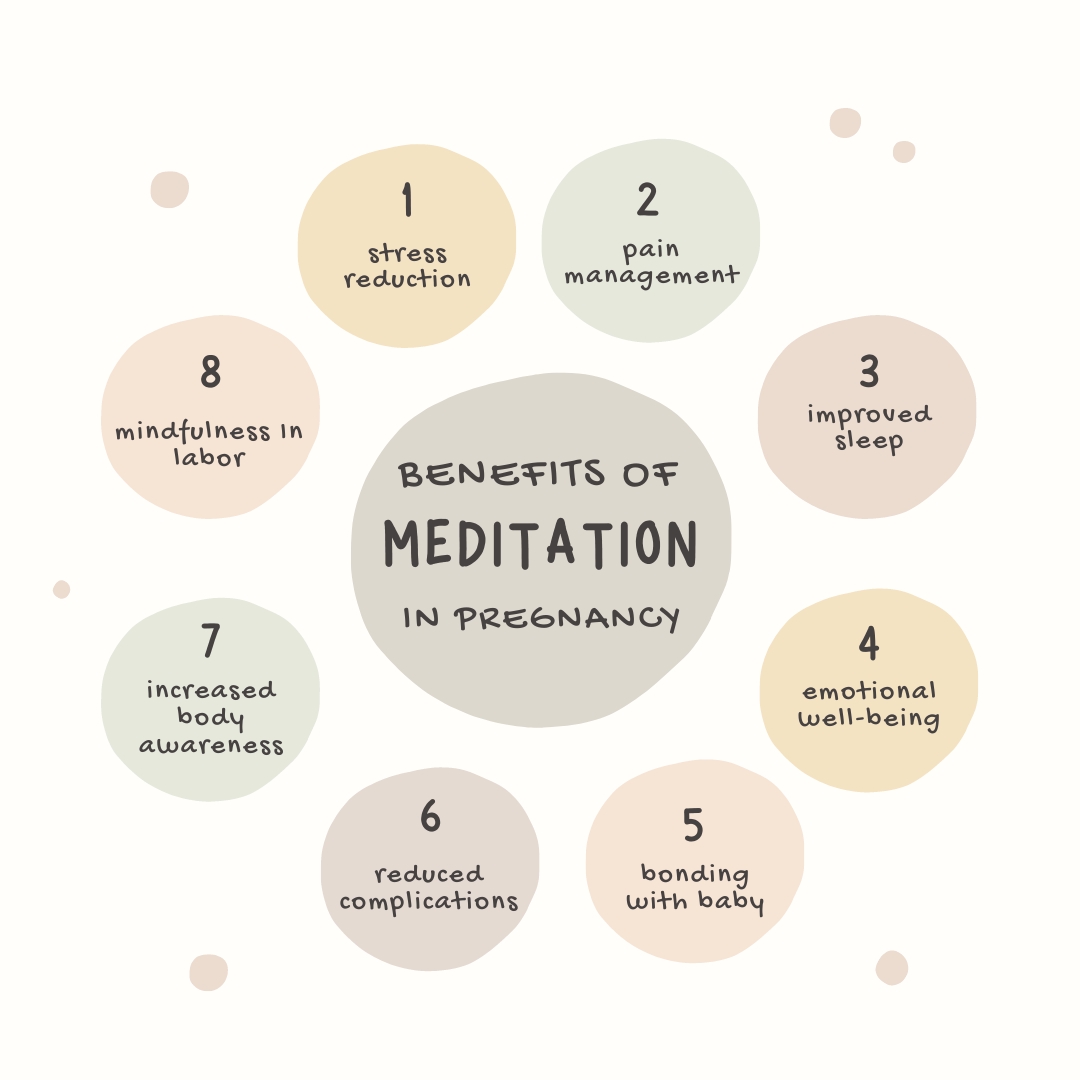Infant massage is a nurturing way to bond with your baby while promoting their physical and emotional development. Through gentle and loving touch, you can create a strong connection that benefits both you and your little one. In this comprehensive guide, we’ll walk you through the steps of infant massage, its benefits, and essential tips to make the experience soothing for your baby.
Benefits of Infant Massage:
Bonding: Infant massage strengthens the parent-child bond through skin-to-skin contact, promoting trust and emotional closeness.
Relaxation: Massage helps relax your baby’s muscles, promoting better sleep patterns and reducing stress.
Digestive Comfort: Certain massage techniques can alleviate colic, gas, and constipation by stimulating the digestive system.
Circulation: Gentle strokes enhance blood flow, promoting overall circulation and aiding in the development of the nervous system.
Sensory Stimulation: Massaging your baby’s skin supports their sensory development, helping them become more aware of their own body.
Preparation:
Choose the Right Time: Opt for a time when your baby is calm and alert, such as after a diaper change or a nap.
Create a Relaxing Environment: Find a warm, quiet, and well-lit room. Lay down a soft blanket or towel for your baby to lie on.
Massage Techniques:
Warm-Up Strokes: Gently warm your baby’s skin by rubbing your hands together and then placing them on their body. Start with slow, soft strokes down the limbs, moving towards the heart.
Legs and Feet: Use gentle, circular motions to massage your baby’s thighs, calves, and feet. Gently pull and rotate each toe.
Tummy Time: With your baby’s knees bent, make clockwise circles on their tummy to aid digestion. Always follow your baby’s cues and avoid pressure on their belly button.
Chest and Shoulders: Stroke from the center of the chest outward, then move to the shoulders and arms using soft, flowing movements.
Face and Head: Lightly stroke your baby’s forehead, cheeks, and chin. Use your fingertips to trace gentle circles on their scalp.
Tips for a Positive Experience:
Use Gentle Pressure: Your touch should be gentle, using just enough pressure to be comforting without causing discomfort.
Observe Cues: Pay attention to your baby’s cues. If they’re enjoying the massage, they’ll likely be relaxed and content. If they seem uncomfortable, adjust your technique or stop.
Respect Boundaries: If your baby doesn’t seem receptive, don’t force the massage. They might be more interested on a different day.
Choose Massage Oil: Opt for a natural, hypoallergenic oil like coconut or almond oil. Warm it between your hands before applying.
Stay Present: Put away distractions like phones and focus solely on the experience of bonding with your baby.
Infant massage is a wonderful way to foster a strong connection between you and your baby while offering numerous physical and emotional benefits. By following these steps and respecting your baby’s cues, you can create a soothing and memorable experience that contributes to their overall well-being and development. Remember, every touch is a precious moment that nurtures your baby’s body and soul.








